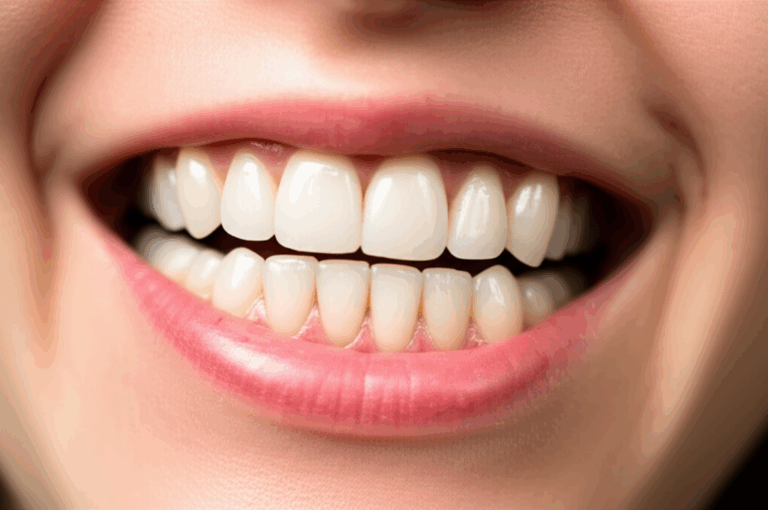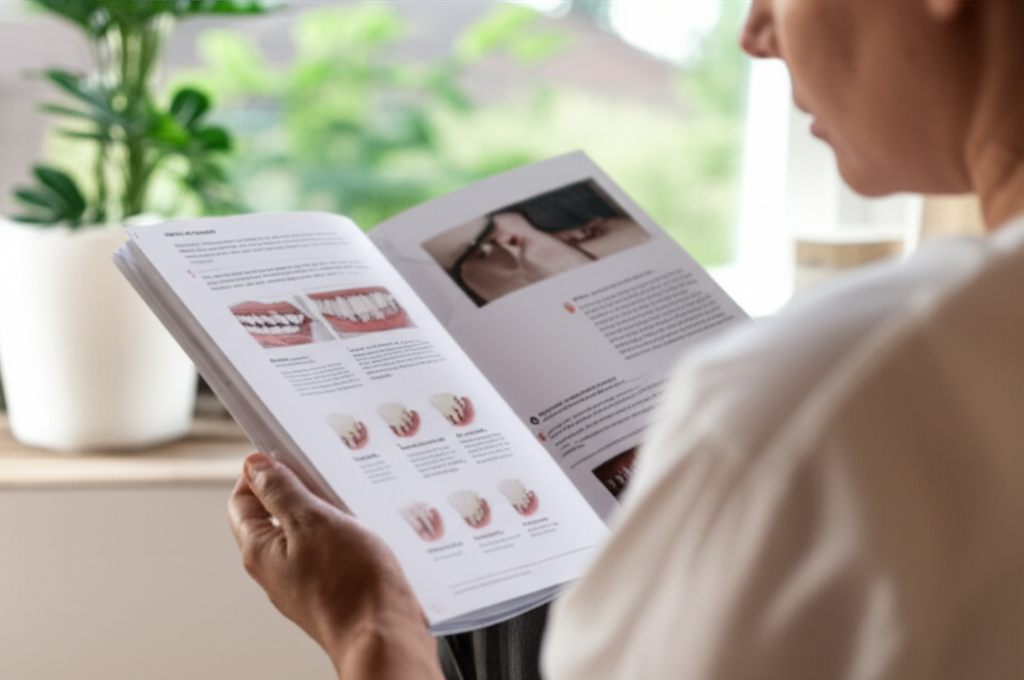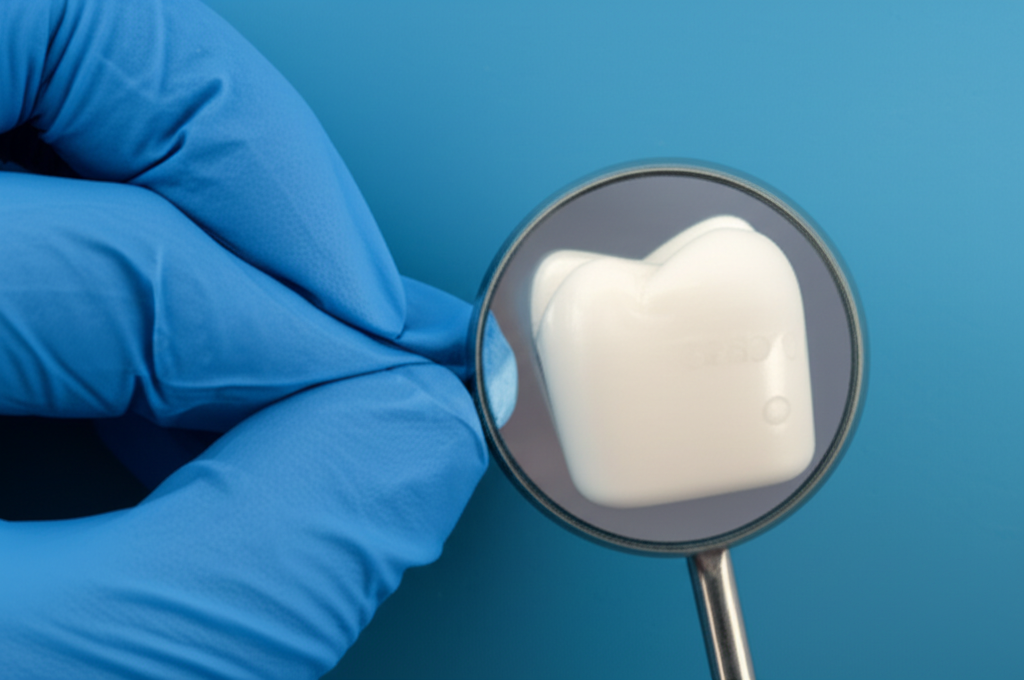
How to Become a Dentist in Australia Without a High ATAR: Your Alternative Pathway Guide
Part 1: Your Dream of Dentistry, Even Without a Perfect ATAR
Have you ever felt your dream of becoming a dentist slipping away just because your ATAR wasn’t very high? Maybe you’re an older student, switching jobs, or just missed out after leaving school. You’re not alone. Many people think that if they don’t have a top ATAR, they can never become a dentist. But here’s some good news: there are more ways into dentistry than you might think.
Let’s break down exactly how you can become a dentist in Australia, even if you didn’t get a high score at school, or if life took some twists and turns. Wondering, “Can I really get into dental school without a good ATAR?”—read on. The answer is yes. It’s definitely possible, and this guide will show you how.
In This Article
- Understanding the ATAR and Why Alternatives Matter
- Pathway 1: Graduate Entry Dentistry
- Pathway 2: Bridging Courses, Enabling Programs & Foundation Studies
- Pathway 3: Vocational Pathways & Diploma to Degree
- Pathway 4: Mature Age & Special Entry Schemes
- Pathway 5: Transferring from Related Undergraduate Degrees
- General Requirements, Tips & Strategies for Success
- Australian Universities Offering Alternative Dental Pathways
- What to Consider Before Committing to a Pathway
- Your Journey to Becoming a Dentist Starts Here
Understanding the ATAR and Why Alternatives Matter
First things first: What is the ATAR? The ATAR (Australian Tertiary Admission Rank) is just a number that says how you did in your last year of high school, compared with other students. Most dental schools in Australia, usually, ask for a very high ATAR—often above 95—to apply right after Year 12.
But here’s the thing: life isn’t simple. Not everyone does great in school from the start. Some people take time to work out what they want, others might have some tough times, and many come to dentistry as a second or third job. Universities know this. More and more, they care less about one test score and more about who you are, how hard you try, and your experience. This is called a holistic admissions way of picking students.
So, why do different entry ways matter? Because your whole future shouldn’t depend on one test. And, honestly, it doesn’t.
Pathway 1: Graduate Entry Dentistry (The Most Common Alternative)
What Is Graduate Entry Dentistry?
Think of graduate entry as taking a longer but open road. Instead of jumping straight from high school into dental school, you start by finishing a university degree—could be a Bachelor of Science, Biomedical Science, Oral Health, or something similar. When you finish your degree (and show you can handle uni work), you can apply for a postgraduate dental degree, like the Doctor of Dental Medicine (DMD) or Doctor of Dental Surgery (DDS).
How Does It Work?
- Step 1: Finish a related undergraduate degree (usually 3-4 years).
- Step 2: Keep up good grades—a GPA of about 5.0+ out of 7 is wanted, but higher is better.
- Step 3: Take the GAMSAT (a test for graduate medical/dental entry) and get a good score (usually 60+).
- Step 4: Make sure you have the right subjects (often Chemistry and Biology).
- Step 5: Do well in the Multiple Mini Interview (MMI) or panel interview.
Who is This For?
- People who didn’t get into dentistry just after school
- Older students or people changing jobs
- Anyone with good uni grades but not-so-great final school results
The Pros and Cons
Pros:
- You get more life and study experience
- Your success is based on what you do now, not just in high school
- You might find other things you like at uni!
Cons:
- It takes a while: about 7-9 years from start to finish
- Very competitive—lots of people try this way
- Costs can add up (different degrees mean different fees)
Real-Life Example
Jess always wanted to be a dentist, but her ATAR was only in the 70s. She did a Biomedical Science degree, worked hard, got a high GAMSAT score, passed her interview, and now is in her second year of a Doctor of Dental Medicine course. It took longer, but she got there!
Pathway 2: Bridging Courses, Enabling Programs & Foundation Studies
What Are Bridging and Enabling Courses?
Maybe you didn’t take all the right subjects in high school. Or maybe it’s been years since you last did Chemistry. Bridging courses and enabling programs are like school refresher courses to help you fill the gaps so you can start a university degree in science or health.
How They Help
- Give you basic science or maths knowledge
- Show universities you can do uni-level work
- Great for students who haven’t studied for a while
Who Should Consider This Option?
- Mature-age students
- People changing careers who don’t have a science background
- Recent school leavers who missed out on required subjects
Usually, these programs will lead you into a science or health degree first. They don’t take you directly into dental school. Think of it as building the base before building the house.
Example Path
Pathway 3: Vocational Pathways & Diploma to Degree
From Oral Health Therapist (OHT) to Dentist
Oral Health Therapy is a fast-growing area in Australia. OHTs are trained to do a lot of dental work and usually work with dentists. Some universities allow:
- If you finish a Bachelor of Oral Health, get good grades, and meet other needs, you might get credit or entry into dentistry.
- You may still need to do the GAMSAT or more basic courses.
Other Vocational and Diploma Pathways
If you’ve worked as a dental assistant or technician, or finished a health diploma, that experience helps! Some universities may take your past work or subjects into account when you start a science or health degree.
Why This Matters
- You have real-world, hands-on experience
- Vocational study shows you’re serious and know about dentistry
But direct entry from these jobs is not common. Usually, you’ll use these qualifications to get into a degree, keep your grades strong, and then apply for graduate entry.
Pathway 4: Mature Age & Special Entry Schemes
Special Tertiary Admissions Test (STAT)
People say “learning never stops.” STAT is a test for those who didn’t follow the normal way—or maybe left school some time ago.
- If you’re over 18 or 20, you can take the STAT test.
- A good result might get you into a bachelor of science/health course.
- After that, you can go for graduate dentistry.
- This is popular for older students and those changing careers with useful work experience.
Non-School Leaver (NSL) Entry Categories
These ways look at everything you’ve done: work, past study, skills, and any achievements. Built a business, worked for years, or done some uni before? You might go in as a non-school leaver.
Indigenous and Rural Entry Schemes
If you’re from an Indigenous or rural background, many universities have special places and help programs—some have lower score requirements or prep programs. Australia wants dentists from everywhere, and unis want diverse students.
Pathway 5: Transferring from Related Undergraduate Degrees
Sometimes people find out during a science or health degree that they’re passionate about dentistry. In some cases, you can try to transfer into the first or second year of a dental degree, if your grades and subjects are good enough.
How to Boost Your Chances
- Study a course like Biomedical Science, Medical Science, or Health Science
- Aim for top grades (6.0-7.0+ out of 7)
- Make sure you have all required subjects (like chemistry, biology)
- Prepare for interviews or other selection steps
Note: Direct transfers are rare and very competitive. Most people finish their first degree, then try graduate entry.
General Requirements, Tips & Strategies for Success
No matter which way you pick, some things are the same for everyone:
Essential Prerequisites
- Chemistry, Biology, and sometimes English and Maths—from school or bridging courses
- Good grades (GPA is really important later on)
- Test scores (GAMSAT for graduate entry, STAT for mature students)
- Good interview skills (practice makes better!)
Stand Out From the Crowd
Unis want to see more than just your grades.
- Work Experience: Shadow a dentist, help out at a dental clinic, or work as a dental assistant. It’s proof you’re committed and gives you stories for your application.
- Extracurricular Activities: Help out in your community, play team sports, or lead groups—these show who you are.
- Personal Statement: Tell your real story—why do you care about dentistry?
- Interview Preparation: Learn about how the interviews work (like MMI) and practice with friends.
Do Your Research
Requirements can change. Always check university websites. Application rules and dates change! Read everything carefully.
Resilience and Persistence
Making it into dentistry without a high ATAR—or with a low one—takes hard work and patience. You might face setbacks, but every step forward counts.
Australian Universities Offering Alternative Dental Pathways (Examples)
Here’s a look at how some unis in Australia work with alternative entry:
- University of Melbourne: Doctor of Dental Surgery (DDS). Mainly for graduates with GAMSAT and high marks.
- University of Sydney: Doctor of Dental Medicine (DMD), via graduate entry.
- La Trobe University: Bachelor of Dental Science (Honours), some spots for mature/rural students.
- Griffith University: Bachelor of Dental Science and OHT courses, with entry for OHT graduates.
- Charles Sturt University: Bachelor of Dental Science, good options for rural/non-school leavers.
- University of Queensland / University of Adelaide: Both have graduate entry options.
- James Cook University (JCU): Has special entry for rural and Indigenous students.
Always check their most recent info—the rules and courses can change.
What to Consider Before Committing to a Pathway
Dentistry is more than a job; it’s a big commitment.
Time and Financial Investment
You could be studying for 7-9 years from your first degree to finishing dental school. Tuition and living costs can get high, so plan for it.
Academic Difficulty
Dental degrees are tough and full of science.
Emotional Strength
You may face a few knock-backs or need to repeat a test or subject. Stay focused on your end goal.
Career Fit
Spend time with dentists or speak to dental students. Make sure you like the reality—science, caring for people, and practical work.
Frequently Asked Questions About Alternative Pathways to Dentistry
Is there any way to get into dentistry “directly” without an ATAR?
Very rarely. Most direct undergraduate programs still ask for an ATAR. But if you’re mature-age, Indigenous, or rural, some unis have paths that don’t need a high ATAR. Most people will do a science or health degree first.
Do I need to sit the GAMSAT?
Yes, for almost all graduate entry programs. You don’t need it for a first health/science degree.
What If My GPA Is Just Average?
Do your best to get extra experience, do well in the GAMSAT, and practice for interviews. Sometimes it’s best to take more study or repeat a subject to get your GPA higher.
Can international students use these pathways?
Most of these alternative ways work for both local and overseas students, but check requirements and visa rules for each uni.
A Data-Driven Look: Statistics, Examples, and Real-World Outcomes
Here’s a quick look at what happens:
- About half of dental students at big Australian unis now come through the graduate entry way—it’s the most common alternative.
- OHT-to-dentistry moves happen less, but more people do it each year. It’s not guaranteed, but some do go through.
- Indigenous and rural entry schemes keep places aside (sometimes up to 5-10 per group) to help get more different kinds of dentists.
Strategic Tips: How to Build The Strongest Possible Application
- Keep up your grades: GPA is important at all stages.
- Get experience: Paid or unpaid work in dental, health, or science areas stands out.
- Stay organised: Keep track of application times, required subjects, and test dates.
- Network: Join student groups, talk to dental students, find someone to guide you.
- Ask for help: Use university careers offices and contact dental schools if you’re unsure.
Technology and the Future of Dentistry
These days, new technology is making learning and working in dental care even cooler. Digital tools, 3D printing, and new tooth materials are everywhere. If you want to see how modern digital dental lab tools or a dental ceramics lab change dental work, check out how these new ideas are helping both students and patients.
Your Healthy Takeaway: Empowering the Next Step
Quick recap:
- A high ATAR is not the only way to become a dentist!
- You have more than one option: Graduate entry, bridging/enabling courses, vocational ways, mature-age and special entry, and uni transfer programs.
- Everyone’s journey is different: The best way depends on what you’ve done and your situation.
- Plan and keep going: It may take longer, but you can do it.
- Stay up-to-date: Uni entry ways and requirements change—check often and ask questions.
Your Action Plan:
Final Encouragement: Your Journey Starts Here
Dentistry is a great, respected, and hard but rewarding job. If you care, keep trying, and want to help others, you can make it—even if your history doesn’t have the top scores. What matters most is your effort, your attitude, and your promise to help. So, take that first step. Start making your path—and remember, every dentist has a different story.
If this guide helped you, or you want to see how dental tech is changing, check out dental implant info or explore the ways digital dental labs are shaping the future. Your journey to a dental career could start today!
Disclaimer: This article is for general advice only. Make sure to check with each university for the latest info and talk to experts for advice on your exact situation.








